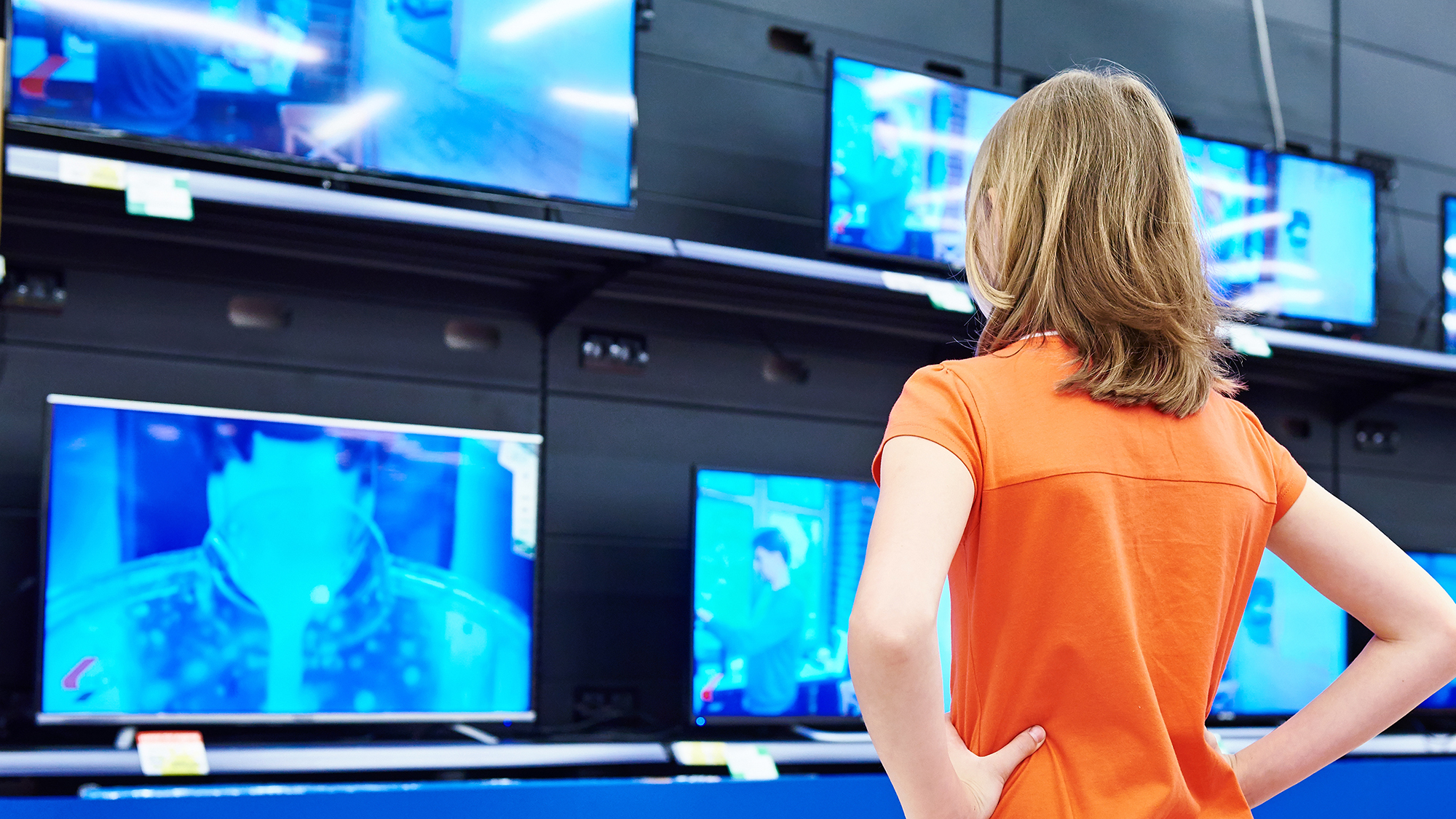
The days of LCD research and development have come and gone, according to an industry insider who spoke to Merck KGaA, one of the main suppliers of liquid crystal displays to companies like Samsung and LG.
In short, the reason is that all new R&D money is being spent on self-emissive displays like MicroLED and OLED, as well as on backlight technology like Mini-LED.
As far as the actual liquid crystal display components are concerned, we’ve hit the pinnacle of what they can do.
Does that mean LED-LCD TVs dead in the water? Not necessarily. As we’ve seen from Vizio, TCL, Samsung, LG and Sony, there’s still a huge demand for lower-cost LED-LCD TVs as well as LED-LCD monitors. Those will continue to be produced for years to come — and will likely continue to drop in price — just don’t expect to see many improvements on them compared to their more expensive counterparts.
Where will TVs go from here?
According to Bob Raikes from Display Daily, it’s all about OLED development.
“I asked EMD (which is the US name of Merck KGaA and is by far the dominant supplier of LC materials), what they were doing to push LC materials for displays onto the next stage … They are developing LCs for privacy windows and antennas, but they told us that ‘there is no pull from clients’ for significant development in LC materials,” Raikes wrote in a recent article.
“That shouldn’t have been a surprise to me – I have been talking about the switch to OLED and other emissive displays for the premium end (and later the mainstream) of the display market for a lot of years. Still, after decades of reporting on LC developments, it took a moment to sink in!”
As for what, specifically, manufacturers are working on, it’s the production of QD-OLED panels for use in the high-end Samsung and Sony TVs like the Samsung S95C OLED and Sony A95K OLED as well as the development of PHOLED panels that use a blue phosphorescent material that has a longer shelf life and can go brighter than the traditional organic material in OLED panels.
We’re expecting to see the fruition of those developments in the next few months, but it could take longer for them to start appearing in the next LG OLED TV.
Until then, if you want the next big thing in TVs, you’ll have to settle for the innovative LG G3 OLED that uses LG Display’s third-generation OLED META technology with micro-lens arrays.
Sadly, LCD TVs' days are coming to a close, but OLED TVs are still going strong.







